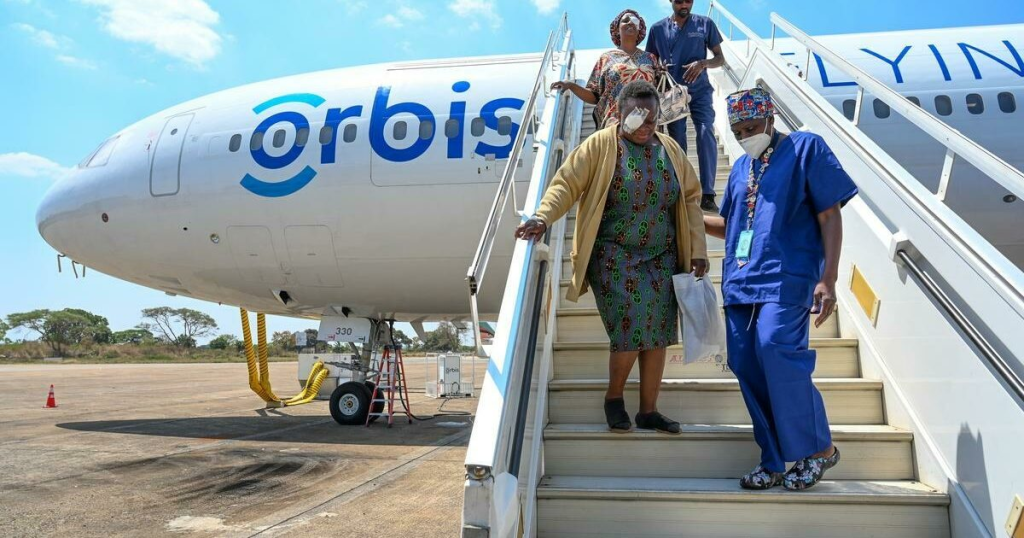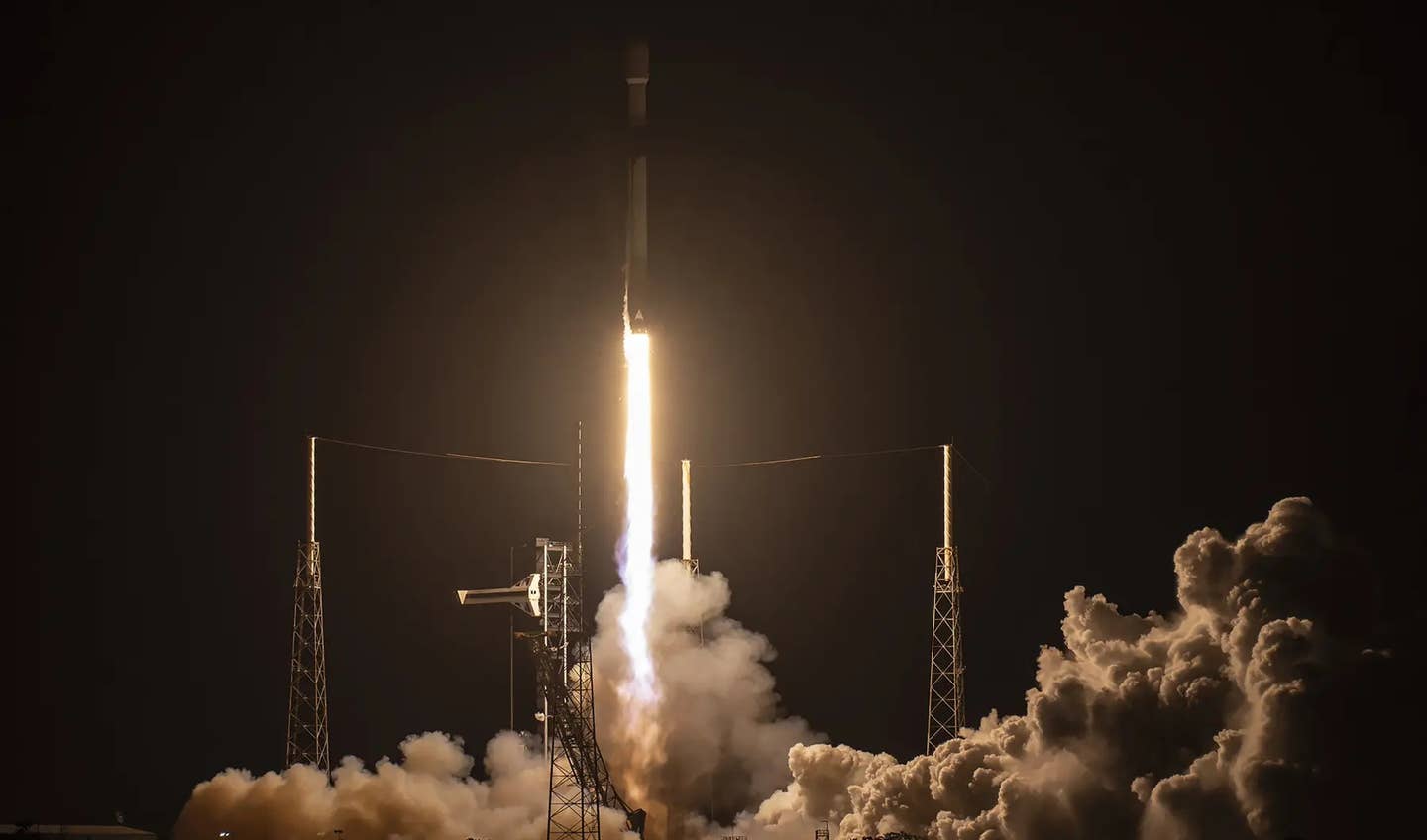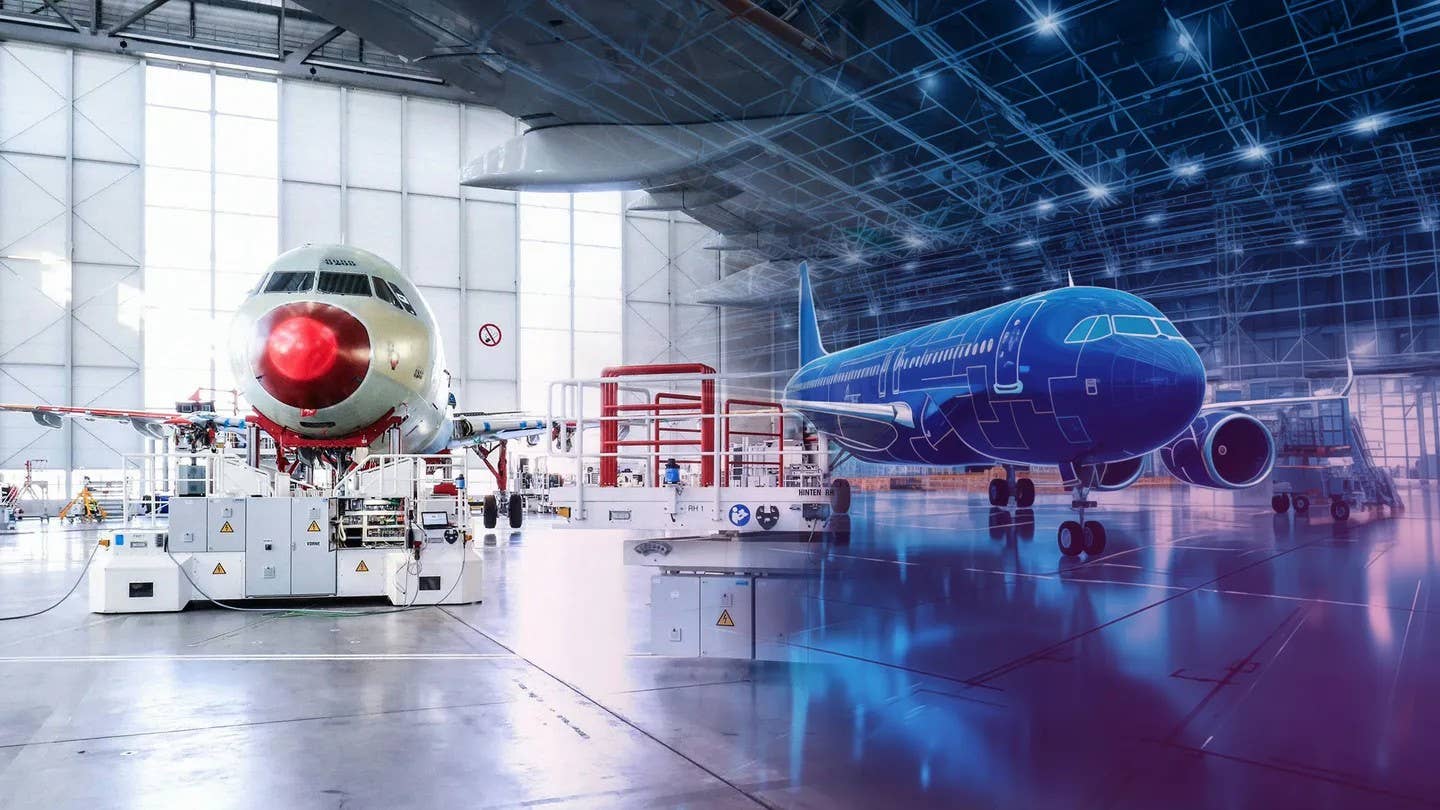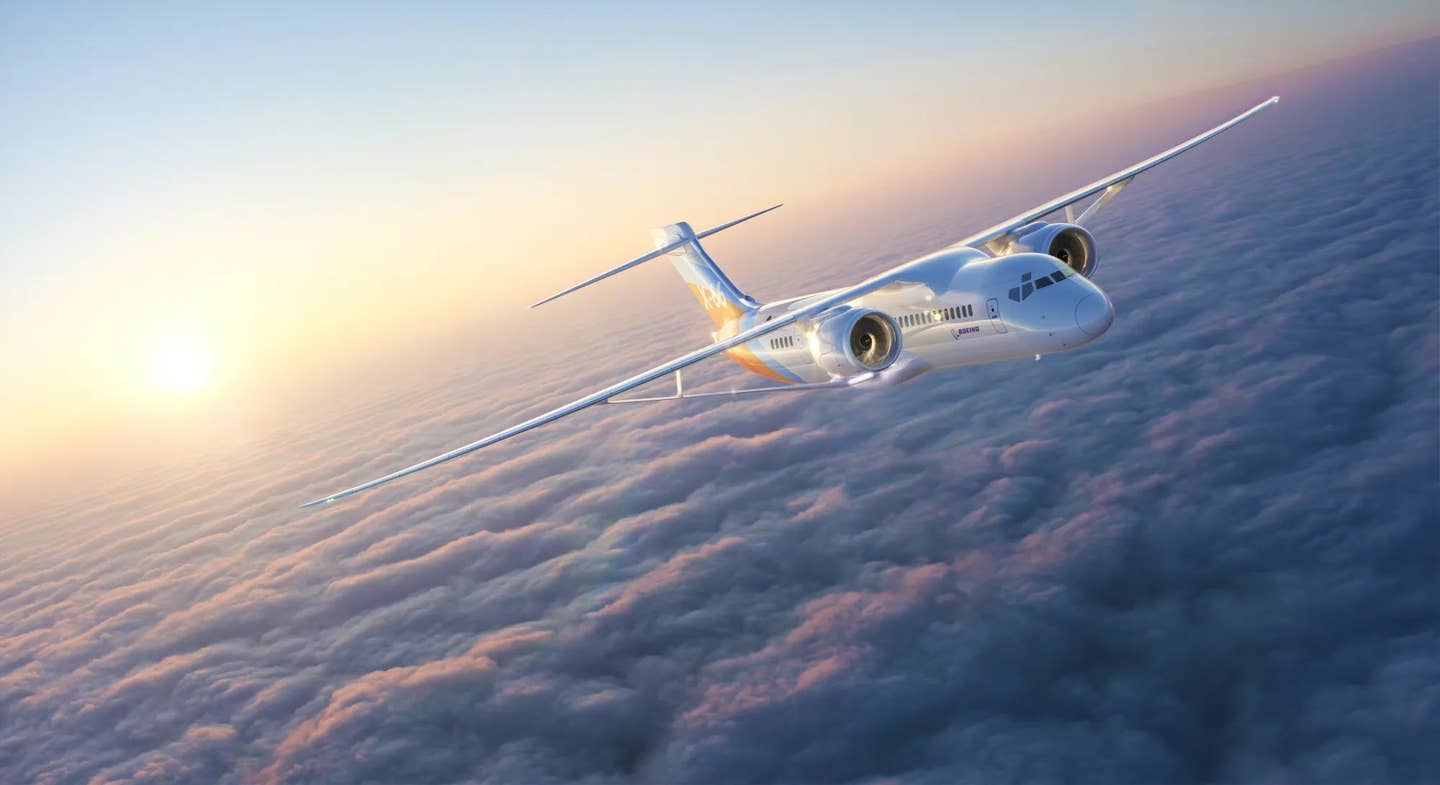Gogo Delays Launch of Inflight 5G Network for Second Time in 12 Months
The inflight systems provider attributed the delay to a design error made by a third-party subcontractor of its 5G solution provider.

Gogo promises to enable data-heavy inflight services such as video conferencing and cloud computing. [Courtesy: Pexels/RDNE Stock Project]
Inflight internet provider Gogo Business Aviation is delaying the launch of its 5G network for the U.S. and Canada—again.
Originally slated for a fourth-quarter 2022 rollout, the service was delayed to mid-2023 due to a computer chip testing holdup. Now, Gogo expects a design flaw in its chip to push the launch back further to mid-2024.
The design error involves a non-5G component of the chip, which was designed by a third-party subcontractor of Gogo’s 5G solution provider. The company expects the project to stay on budget but warned investors that the delay may reduce 2023 revenue by $7 million, about 1.5 percent of its expected revenue this year. About $13 million in operating and capital expenses will be deferred from 2023 to 2024.
Gogo plans to provide more details on the delay and its effects on its second-quarter earnings call on August 7.
“We are disappointed in this delay, but remain confident that Gogo 5G will deliver better performance and better value than competitive air-to-ground or GEO [geostationary earth orbit] satellite solutions,” said Sergio Aguirre, Gogo’s president and chief operating officer.
Gogo’s air-to-ground 5G network is expected to provide 25 megabits per second (Mbps) on average, with peak speeds in the 75-80 Mbps range. Geared exclusively toward business aviation after the firm sold its commercial aviation business to Intelsat for $400 million in 2020, the system combines high throughput with low latency to enable data-heavy services such as video conferencing, cloud computing, and social media.
The company’s top dealers in 2022 were Bombardier, Duncan Aviation, Gulfstream Aerospace, Textron Aviation, and West Star Aviation.
Gogo’s core offering is Avance, a platform solution that orchestrates inflight technology from multiple providers into one unified system that delivers inflight entertainment and connectivity (IFEC) to passengers. The architecture of the system allows Gogo to quickly add new networks, deploy new services over the air, and even provide remote support during flight.
Within Avance are two options for customers. Avance L3 connects aircraft to the Gogo Biz 3G network, the company’s lowest-latency offering. A more comprehensive option, Avance L5, delivers Gogo Biz 4G services and will supply 5G once Gogo’s network is live.
In March 2022, Avance systems reached one million business aviation flights. Gogo also completed its 150-site U.S. 5G network in October and expanded it to Canada in April, continuing to grow its coverage area.
Another key milestone for Gogo was the FAA approval of its Supplemental Type Certification plan and Parts Manufacturer Approval of its 5G antennas, which allowed it to begin deliveries to customers. Now, buyers can purchase the antennas and harnesses required to tap into Gogo's 5G network. All that’s left is the chip.
In parallel, the company is developing a low earth orbit (LEO) global broadband network in partnership with satellite network provider OneWeb. Designed to connect to any size aircraft around the world, the network is expected to come online in late 2024. To support it, Gogo in May added the Galileo product line, a more powerful system with two antennas that will allow aircraft to connect more easily.
Prior to news of the delay, Gogo’s year was already a mixed bag. It reported Q1 revenue of $98.6 million, up 6 percent over Q1 2022, with record service revenue. It hit 7,046 total aircraft online—a 28 percent year-over-year increase—but saw Avance shipments drop 43 percent quarter-over-quarter to 223.
The company’s adjusted earnings before income, taxes, depreciation, and amortization (EBITDA) totaled $39.7 million in Q1, down 7 percent on an annual basis. It did, however, manage to pay down $100 million in debt and reported $20 million in cash on hand, $8.8 million more than it had during the same period last year.
Like this story? We think you'll also like the Future of FLYING newsletter sent every Thursday afternoon. Sign up now.

Sign-up for newsletters & special offers!
Get the latest FLYING stories & special offers delivered directly to your inbox






